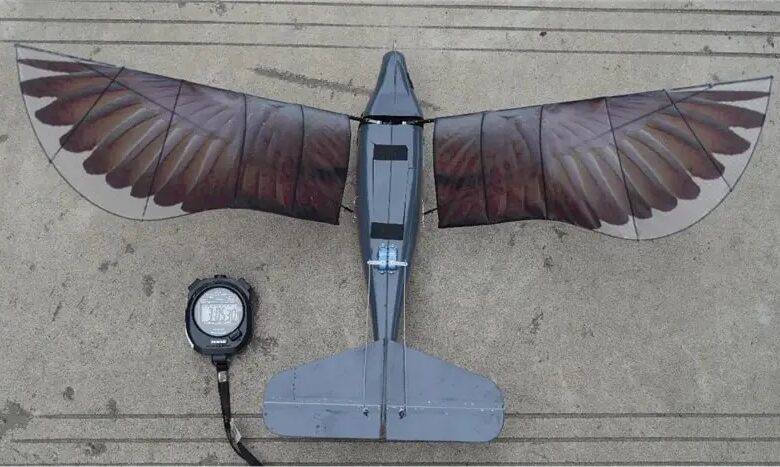Chinese Researchers Develop ‘Flapping Wing’ Bird Drone, Breaking Flight Time Records

Chinese researchers from Northwestern Polytechnical University (NPU) have achieved a remarkable scientific milestone by developing a ‘flapping wing’ bird drone, receiving widespread recognition within the country for this significant accomplishment. This bionic drone, known for its ability to replicate the intricate flight mechanics of real birds, has also set a new Guinness World Record for flight duration. Under the name ‘Xinge,’ the drone surpassed the flight time of its predecessor by nearly one-and-a-half hours, a feat that NPU proudly describes as a “technological leap.” While similar bionic drones have been developed worldwide, the Chinese product is marketed for diverse applications, raising questions about potential military uses.
The development of bird-like drones has attracted attention from researchers and engineers across the globe, as they seek to harness the elegance and efficiency of avian flight for various applications. These ‘bionic drones’ aim to replicate the complex mechanics of real birds’ flight patterns, providing them with unique capabilities.
The ‘Xinge’ drone, created by researchers at NPU, has set a new standard in flight time, surpassing its predecessor’s performance. The innovation has been celebrated as a significant advancement, reflecting the dedication and expertise of the NPU team in creating a highly efficient and adaptable ‘flapping wing’ drone.
This development is not the first instance of bird-inspired drone technology, as previous research from institutions such as the New Mexico Institute of Technology (NMIT) has explored the use of authentic bird components in drone design. NMIT’s team went as far as using parts from deceased and taxidermied birds to create functional bird-like drones.
Universities and research institutions around the world have been actively engaged in the development of bionic drones that emulate the flight of birds. The flight patterns and aerodynamics of birds offer valuable insights for researchers in fields ranging from aerodynamics to bioengineering.
What sets the ‘Xinge’ drone apart is its potential for deployment in diverse environments, as emphasized by its developers. While its applications are broad-ranging, the explicit mention of its adaptability for various environments raises intriguing possibilities, particularly in the context of military applications.
China is known to have a diverse arsenal of unmanned aerial vehicles (UAVs) and unmanned systems. The introduction of a bird-like drone capable of flying with the agility and appearance of a real bird could provide strategic advantages, particularly in terms of stealth and evasion. The ability to navigate the skies like a bird introduces a level of complexity in detection, making it challenging for conventional surveillance systems to identify and track such UAVs.
While the ‘Xinge’ drone may have applications in civilian contexts, its adaptability for multiple environments suggests a more comprehensive role, including potential military usage. Chinese researchers have continually demonstrated their capabilities in advancing UAV technologies, making it plausible that the ‘Xinge’ drone could contribute to their growing arsenal.
News Mania Desk / Agnibeena Ghosh 16th October 2023






